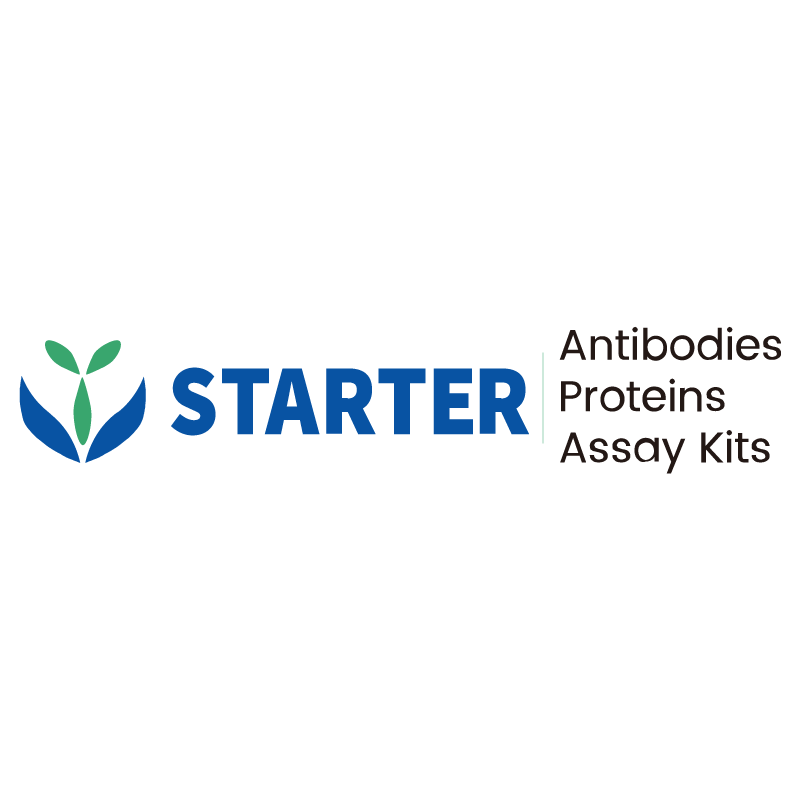Flow cytometric analysis of Human PBMC (human peripheral blood mononuclear cells) labelling Human CD158b/j antibody at 1/2000 (0.1 μg) dilution. Goat Anti-Mouse IgG Alexa Fluor® 647 was used as the secondary antibody. Then cells were stained with CD56 - PE antibody separately.
Product Details
Product Details
Product Specification
| Host | Mouse |
| Antigen | CD158b/j |
| Synonyms | KIR2DL2; KIR2DL3; KIR2DS2 |
| Location | Cell membrane |
| Accession | P43156、P43157、P43631 |
| Clone Number | S-2917 |
| Antibody Type | Mouse mAb |
| Isotype | IgG2a,k |
| Application | FCM |
| Reactivity | Hu |
| Positive Sample | Human PBMC |
| Purification | Protein A |
| Concentration | 2 mg/ml |
| Conjugation | Unconjugated |
| Physical Appearance | Liquid |
| Storage Buffer | PBS pH7.4 |
| Stability & Storage | 12 months from date of receipt / reconstitution, 2 to 8 °C as supplied. |
Dilution
| application | dilution | species |
| FCM | 1:2000 | Hu |
Background
CD158b/j, also known as KIR2DL2/L3/S2, is a member of the killer cell immunoglobulin-like receptor (KIR) family and belongs to the immunoglobulin superfamily. It is a type I membrane glycoprotein with two immunoglobulin C2-type domains. CD158b/j is expressed on natural killer (NK) cells and a subset of T cells. These receptors play a crucial role in modulating the immune response by interacting with specific HLA-C antigens on target cells, thereby inhibiting the cytotoxic functions of NK and T cells. The expression of CD158b/j on T cells increases with age, particularly in CD8 T cells, due to epigenetic changes such as DNA demethylation. This age-related expression pattern may contribute to the immune senescence observed in older individuals.
Picture
Picture
FC


